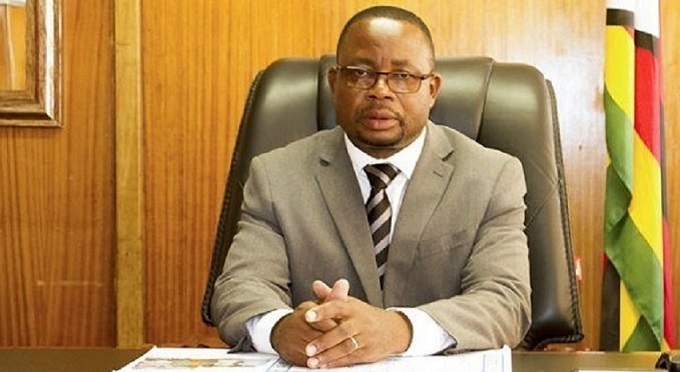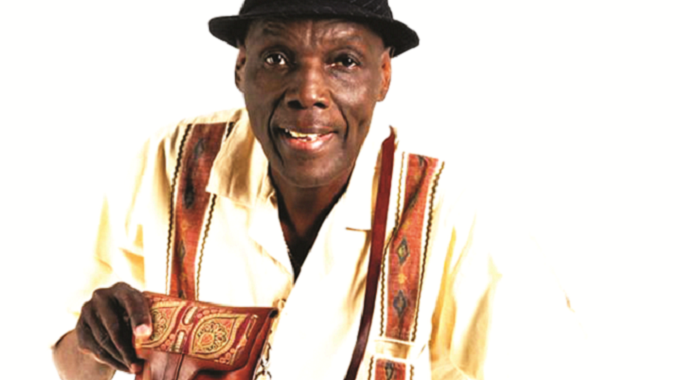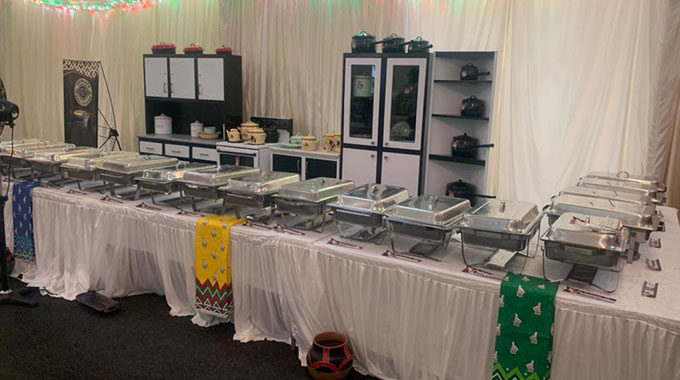Intellectual property and arts festivals

Aleck Ncube
Arts festivals are a cultural highlight in many towns, cities and countries worldwide. They are celebrations of the richness and diversity of culture and creativity and they often encompass a variety of contemporary and traditional art forms – dance, music, theatre, arts and crafts.
Culturally, they offer a unique snapshot of a community’s identity, both providing an opportunity to revitalise and preserve cultural practices, and often serving as a creative laboratory for contemporary performers. Socially, they are a means of strengthening intercultural dialogue, promoting deeper understanding through shared experience; and economically, they can generate sizeable, long-term financial benefits and significant business and employment opportunities.
For example, the Edinburgh Festival, the world’s largest arts festival, injects annually some US$275 million into Scotland’s economy. Effective intellectual property (IP) management is an important aspect of the planning process that organisers need to address to safeguard and promote the event’s interests and those of festival participants.
The development of appropriate IP management strategies and tools to deal with the IP issues that can arise before, during and after such events is important. This article identifies the main IP challenges organisers of arts festivals face and outlines some practical ways of dealing with them.
No IP strategy – a risky business
The unique cultural performances and displays of participating artists, performers and artisans draw public interest and build the reputation of a cultural event. Without appropriate safeguards, these works are vulnerable to unauthorised exploitation by outsiders. With digital cameras at hand, for example, audiences can easily capture high-quality recordings of these performances.
Many performers, unaware of their IP rights, often learn that unauthorised copies of their works — many of which contain culturally-sensitive material — have been used by third parties without their consent and in an inappropriate manner. Neglecting to implement a comprehensive IP strategy also exposes festival audiences to the risk of being duped into purchasing fake arts and crafts. Such opportunistic business practices damage the continuing interests, reputation and popularity of the event itself.
Hands-on IP management
Used strategically, IP can help generate significant revenue, for example from the sale of broadcasting rights and the conclusion of sponsorship and merchandising deals. A positive, forward-looking IP strategy enables organisers to exercise greater control over a festival’s IP and cultural interests. A mix of IP tools, particularly copyright and trademark rights — used in association with contracts, protocols, guidelines, notices, accreditation and access conditions — can provide a comprehensive framework for protecting IP and guarding against the misuse of traditional knowledge (TK) and traditional cultural expressions (TCEs).
Key IP concerns
Copyright
The unauthorised recording and distribution of cultural expressions such as sound recordings, film or video clips and photographs are major concerns.
Generally speaking, copyright law offers a degree of protection for creators of “original” artistic works.
However, festival organisers may need to take complementary steps to protect the cultural interests of participants whose works do not qualify for copyright protection because of their traditional character.
For example, traditional crafts and designs are unlikely to qualify for IP protection in many jurisdictions. Moreover, while copyright confers the right to authorise or prevent the adaption of a protected work, it does not stop other creators from being inspired by it. Drawing a line between copying and inspiration is a tough challenge.
Measures to control unauthorised recording and distribution of cultural expressions include the use of:
· Cautionary notices, such as “no filming, photography or recording devices allowed”. Usually placed at points of sale, onsite or published on the festival’s tickets, website and official programme, these notices can help protect the IP, TK and TCE interests of performers as well as restrict unauthorised recordings. Oral warnings may also be given prior to a performance;
· Guidelines and protocols outlining the terms of use of official festival recordings and advising members of the media and the general public about the need to respect the TK and TCEs of festival participants;
· A media accreditation system to ensure that journalists provide details of the proposed use of festival recordings;
· Measures to monitor use of media broadcasts and to clamp down on infringing content. Broadcasters pay large amounts for exclusive coverage of an event. If organisers are to fully leverage the sale of broadcast rights they need to guarantee this exclusivity;
· Protocols can be used to ensure proper attribution to custodians of TK and TCEs, or to promote respect for the sacred character of particular performances.
Trademarks
Abusive use of a festival’s artwork or logo and the sale of fake arts and crafts are a serious threat to its reputation and financial viability. These problems can be tackled by registering a trademark for the festival. Trademark protection generally confers the exclusive right to prevent others from marketing identical or similar products under the same or a confusingly similar mark. Trademarks associated with arts festivals can be registered in a variety of classes of goods, including festivals, recordings, publications and merchandise (such as visual arts, crafts, books and other products) in each country in which the festival is held. Trademark registration opens the way to developing an effective marketing strategy and to concluding potentially profitable sponsorship and merchandising deals.
As a registered trademark holder, organisers are better placed to promote the sale of authentic products, thus generating revenue for artists and the festival alike, both onsite and in the online market. They are also better equipped to defend themselves against cybersquatting (the abusive registration of their mark as a domain name), thereby safeguarding their web presence which is a key marketing tool.
Measures to safeguard the festival’s branding include:
· registering a trademark;
· securing a domain name;
· developing a merchandising programme that defines the festival’s product portfolio;
· establishing a sponsorship programme defining levels of sponsorship and associated rights;
· establishing official retail outlets onsite and online; and
· monitoring the online market for infringing products.
Organising an arts festival is a complex undertaking encompassing many marketing and managerial elements. An effective strategy designed to uphold the IP and cultural interests of all parties is central to an event’s long-term success. While conventional IP tools offer some degree of protection, other complementary measures, such as contracts, protocols, guidelines, notices, accreditation systems and access conditions are also required, particularly where displays of TK and TCEs are concerned.
A strategy that aims to protect the IP and cultural interests of all parties helps foster cultural respect, and generates economic opportunities for continued celebration of the uniqueness and diversity of cultures around the world. As Zimbabwe continues to open for business, it is the writers hope that the Arts and Culture sector will not be left behind. Several festivals are held in Zimbabwe and properly managed, they can attract and generate a significant amount to add to the country’s GDP.
Aleck Ncube is an intellectual property scholar based in Bulawayo. Feedback on 0712 374 408 or [email protected]











Comments